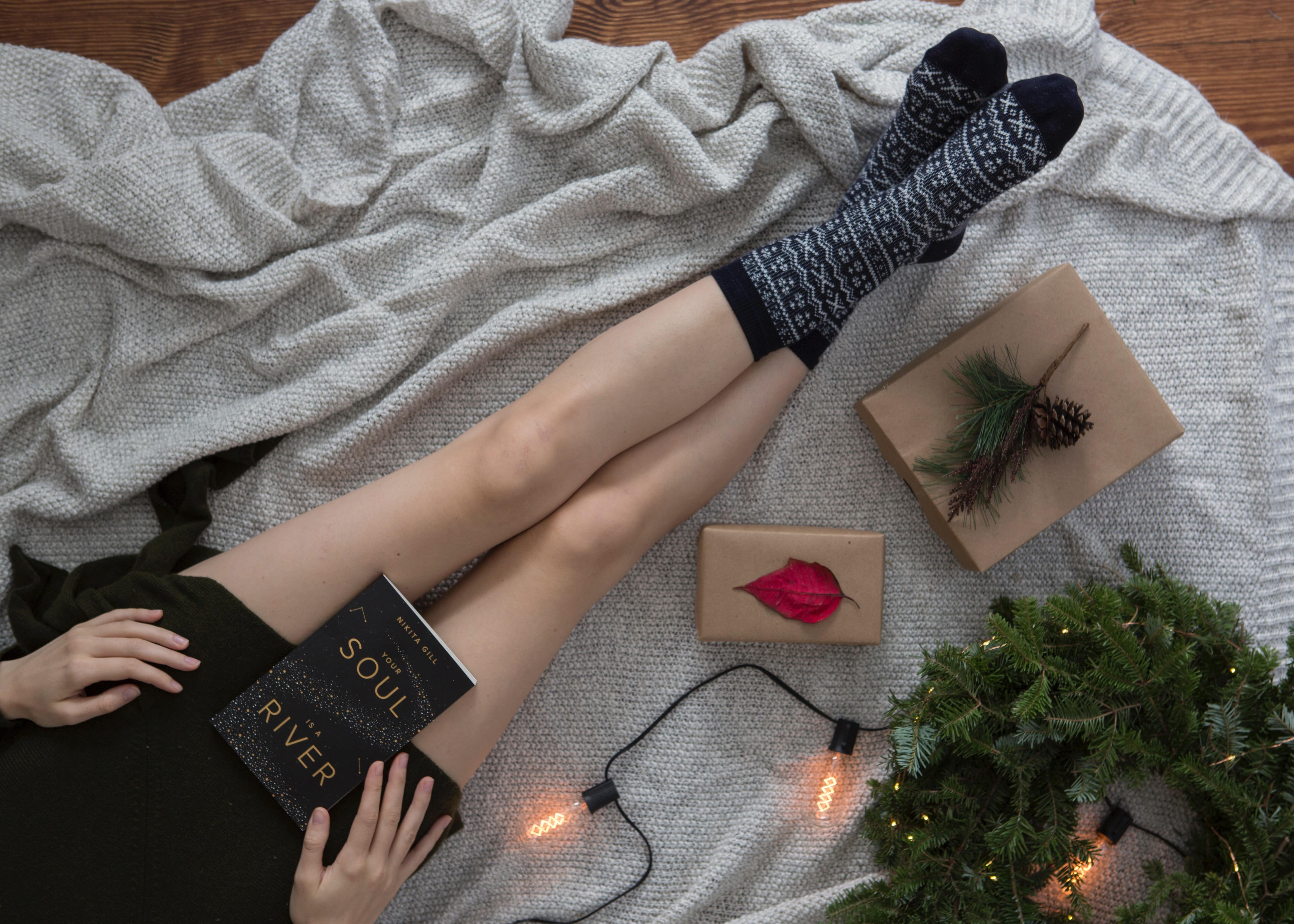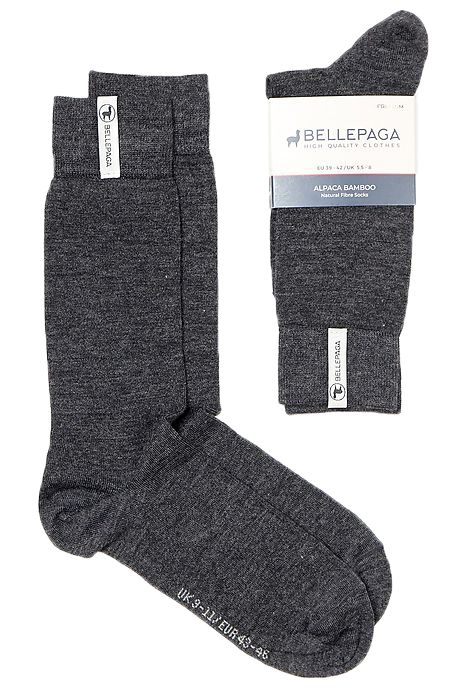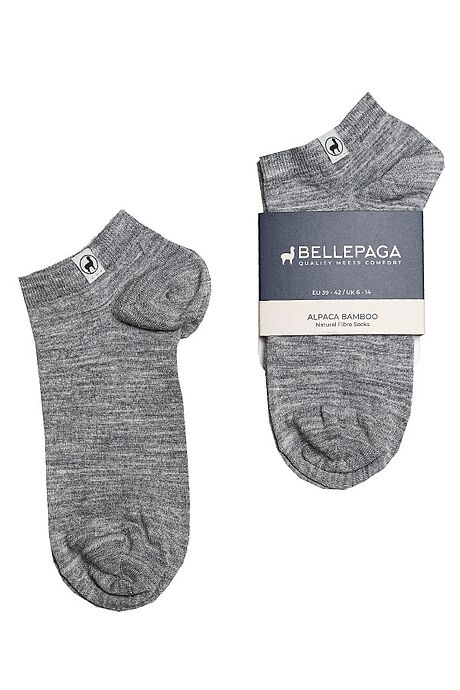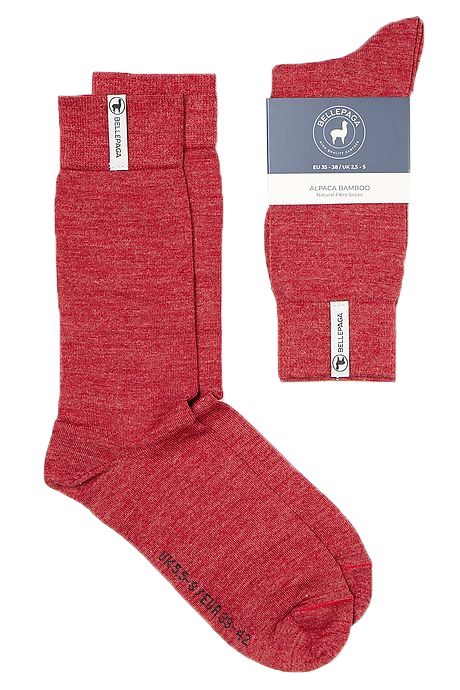Cashmere socks

Cashmere comes from the cashmere goat, which lives mainly in Asia, in the highlands of India and China. Their wool is adapted to the cold climates of their environment. Their hair is soft and fine, which gives the wool a silky, soft feel. Cashmere is used extensively in the manufacture of clothing, including socks. This is because it is a rare and valuable material with many benefits. Cashmere wool is insulating, so it keeps the cold out and your feet warm. Combined with its softness, the pleasant feeling is increased tenfold.
What is cashmere?
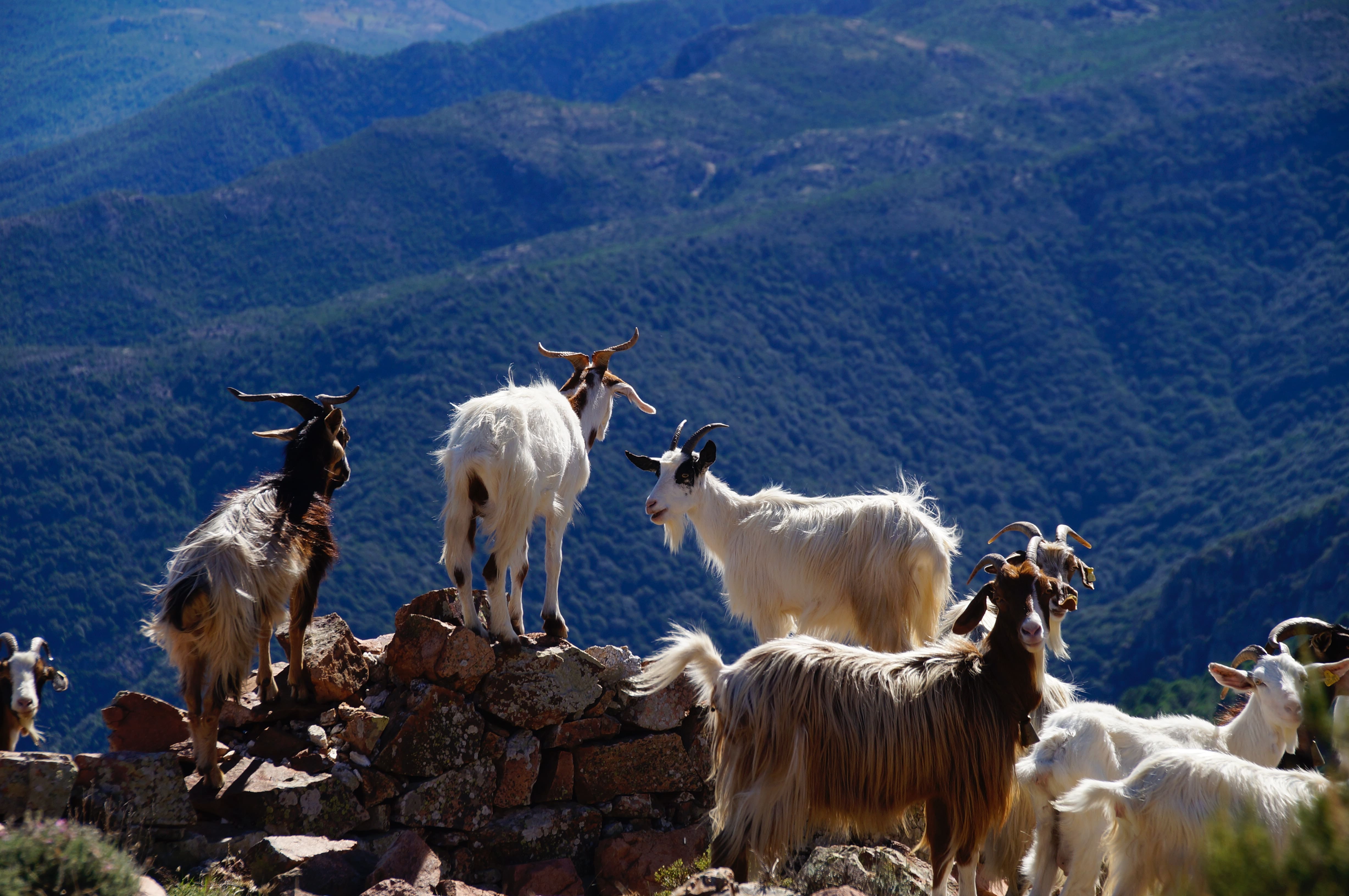
The cashmere goat is smaller than the European goats and has a wide range of natural colours such as white, black, grey or red.
Benefits of cashmere
Cashmere socks have many advantages. Firstly, cashmere is isothermal, which means that it will keep you at the right temperature no matter what the outside temperature is.
Secondly, the thickness of the fibre is very thin, which makes cashmere socks lightweight. Its softness is also well known and offers an incredible feeling of comfort. Your feet will be wrapped up in soft cashmere socks.
Finally, it is a wool with insulating properties. Cashmere reduces thermal bridges, keeping your feet warm in cold temperatures.
Did you know?
- It is said that in the 13th century, Marco Polo discovered drawings of wild goats in caves in Mongolia that had been domesticated by humans. It is therefore assumed that these goats have been known for their wool for a very long time in a country where the temperatures are very harsh.
- Cashmere wool can protect against low temperatures of up to 40 degrees!
- Being very rare and luxurious, cashmere is also called the "fibre of kings".
As cashmere is very fine and therefore delicate, it is important to let the fibres rest so that they can recover and keep their original suppleness. To care for your cashmere socks, wash them by hand without spinning or in the machine on the delicate wool programme, which is cold. Avoid the dryer at all costs as it can damage the fibre.
Alpaca wool
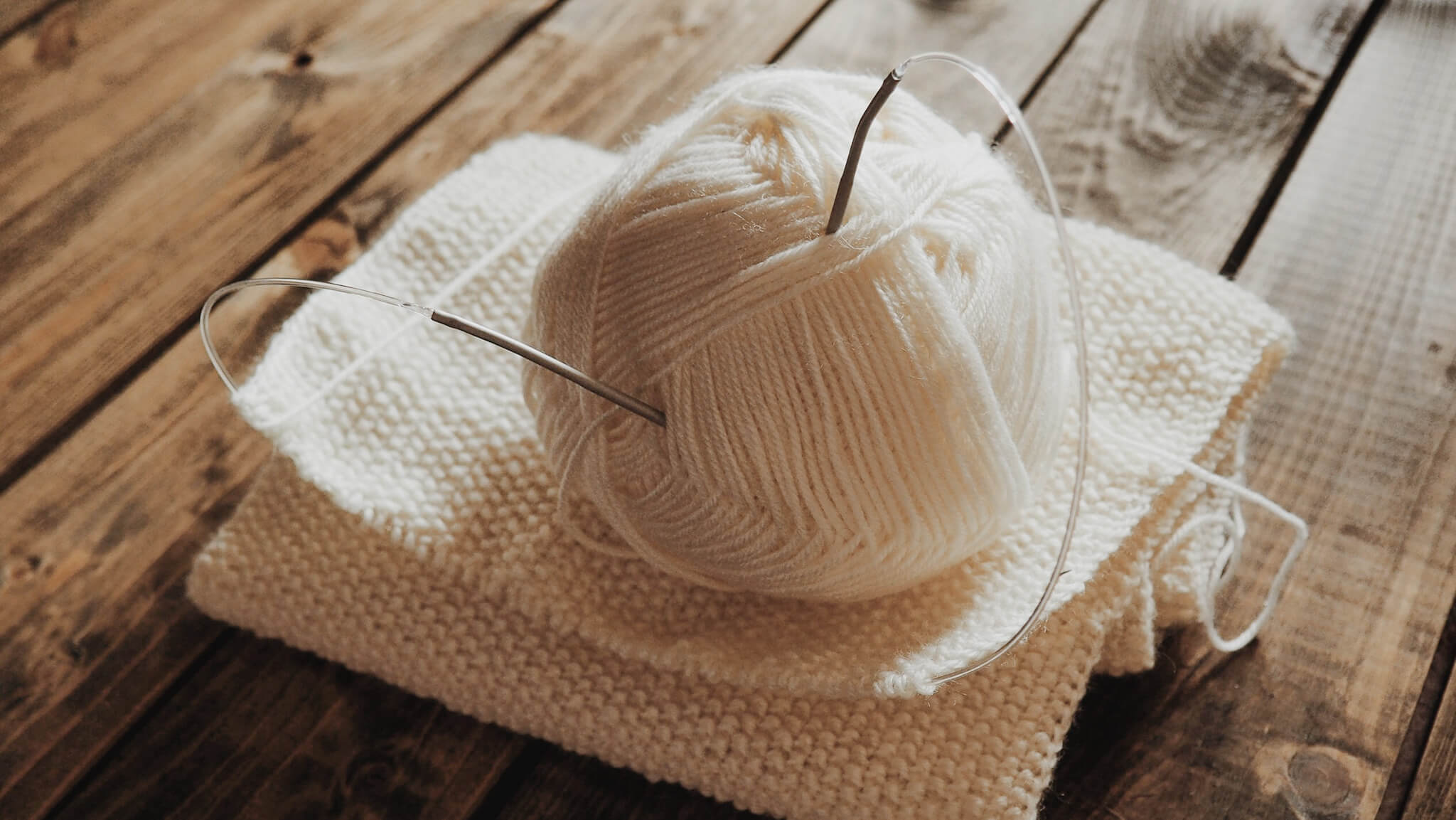
Another wool often associated with cashmere is alpaca wool. Alpaca wool has many of the same advantages as cashmere, and more.
Indeed, alpaca wool has many virtues. First of all, it is very warm, 7 times warmer than sheep's wool, so it will keep you warm during the winter. It is also thermoregulating. So you won't feel too hot or too cold in your socks. Combined with its breathability, your skin will breathe properly and you won't sweat. No more moisture build-up!
Secondly, it is hypoallergenic, which means that it does not cause redness, irritation, scratching or any other form of allergic reaction. This is due to the absence of lanolin which, for example, is present in sheep's wool. Alpaca wool can therefore be worn next to the skin and its natural softness makes it pleasant to wear. Alpaca has 22 officially recognised and used natural colours, which limits or eliminates the use of chemical and artificial dyes that could also cause skin reactions.
Thanks to its elastic fibre, alpaca wool is resistant, about 4 times more so than sheep's wool, so your alpaca socks will stay as good as new and have a long life of many years. Cashmere socks, on the other hand, are much more fragile.
Finally, it is the most environmentally friendly wool in the world. Cashmere, unlike alpaca, is very polluting and harmful to the environment. The goat, with its hooves, destroys the pastures on which it lives, which pushes the stockbreeders to move them from land to land. In addition, it tears up the roots of the plants it feeds on, which prevents them from growing back.
In contrast, the alpaca is an animal with a small ecological footprint. It needs very few resources to live, takes care of its environment thanks to the pads on its legs and does not pull up the roots of the grass, allowing it to grow back quickly. The alpaca lives mainly in the Andes Mountains in South America.
With all these qualities, you will transport your feet into an experience of comfort, softness and warmth, all made with an ecological and sustainable material.
Cashmere or alpaca?

A first commonality between the alpaca and the cashmere goat is the altitude at which they live. Both are bred at altitudes of over 4,000 metres, in the high mountains. It is their coat that protects them from the extreme temperatures of these places.
Mainly found in South American countries such as Bolivia and Peru, these two countries produce 85% of the world's alpaca wool. The cashmere goat lives in the foothills of the Himalayas, mainly in Mongolia and Tibet.
Cashmere fibre is finer than baby alpaca fibre, the most luxurious of alpaca wool. Indeed, it is 12 to 19 microns for cashmere and 18 to 22 microns for baby alpaca. However, this makes it more fragile and less resistant.
Alpaca yields 2 to 5 kg of wool per year, compared to about 150 grams for goat. Your cashmere socks will therefore be more expensive due to their rarity, despite the similar quality to alpaca wool socks.
Alpaca socks
.jpg)
BellePaga is a Belgian brand of ready-to-wear clothing and accessories made from baby alpaca fibre, based on the values of respect for the environment, the animal and the workers, while offering unbeatable quality.
The brand offers different models of socks made mainly of baby alpaca fibre. Each of them is made with traditional Peruvian know-how and hand-checked to guarantee premium quality. Baby alpaca fibre comes from the first shearing of adult alpacas and is considered to be the most luxurious, soft and silky part of alpaca wool. Indeed, in the Inca era, it was considered more luxurious than gold and jewels and was only reserved for royalty. BellePaga wants to make it more accessible so that everyone can benefit from its virtues.
Your comfort is BellePaga's priority, so their socks are reknitted so that the seams are imperceptible so that you are as comfortable as possible. Mixed with other materials such as Pima cotton, the rarest and noblest of cottons with incredible virtues, as well as bamboo fibre, with incomparable softness and antibacterial properties, baby alpaca socks combine elegance and sophistication with a more practical and qualitative side.
Alpaca socks come in a variety of sizes (classic, mid-calf, high), colours and patterns and are suitable for both men and women.
As a clothing essential, you can choose the pair you like and add personality to your outfit! Polka dots, lined, checked or plain, the choice is vast.
Finally, the care of your alpaca socks is very easy, you just have to put them in the washing machine at 30 degrees, either with an ordinary soap or a special shampoo for delicate wools. Like cashmere socks, avoid the dryer and spin them to keep the fibre intact.
Say goodbye to poor quality socks that are easily punctured, promote perspiration and cut off circulation, opt for alpaca wool socks, they will become your best ally in everyday life!
Don't hesitate, come and discover alpaca socks here.
On BellePaga.com, you will also find a wide range of articles for Men, Women and Home.
-
Sami Premium Socks - Classic
- 35 - 38
- 39 - 42
- 43 - 46
-
Inca - ankle socks
- 35 - 38
- 39 - 42
-
Incas Socks - Classic
- 35 - 38
- 39 - 42
- 43 - 46
-
Wira Premium Socks - Classic
- 35 - 38
- 39 - 42
- 43 - 46

